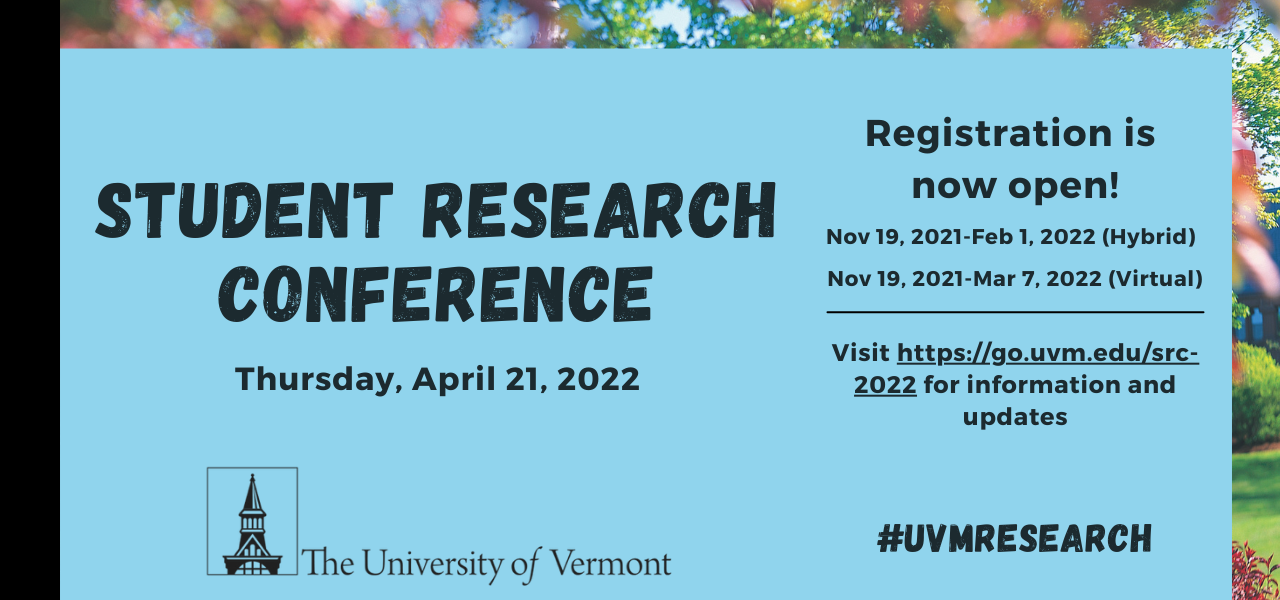Secondary Students’ Perspective on Relationships and Belonging within a High School Implementing Tier One Restorative Practice: A Secondary Data Analysis
Conference Year
January 2022
Abstract
This secondary data analysis focuses on local students' perception of relationships, belonging, and school climate in their high school that utilizes tier one Restorative/Community Circles The implementation of tier one Restorative Practice, a positive behavioral intervention organized in a "multi-tiered system of support," has resulted in multiple positive student outcomes including a decrease in the use of exclusionary discipline- a behavioral measure that disproportionately affects students of color and/or with disabilities. My study focuses on the tier one "preventative" and universal level of RP, which fits within an equity-based framework. Through a secondary data analysis of student survey responses, I further add to existing findings and suggest the need for an expansion of district data collection efforts, an explicit addressing of implicit bias coupled with the RP framework, and further encouragement of student leadership opportunities.
Primary Faculty Mentor Name
Colby Kervick
Secondary Mentor Name
Bernice Garnett
Status
Undergraduate
Student College
College of Education and Social Services
Program/Major
Secondary Education
Second Program/Major
Special Education
Primary Research Category
Social Sciences
Secondary Research Category
Vermont Studies
Secondary Students’ Perspective on Relationships and Belonging within a High School Implementing Tier One Restorative Practice: A Secondary Data Analysis
This secondary data analysis focuses on local students' perception of relationships, belonging, and school climate in their high school that utilizes tier one Restorative/Community Circles The implementation of tier one Restorative Practice, a positive behavioral intervention organized in a "multi-tiered system of support," has resulted in multiple positive student outcomes including a decrease in the use of exclusionary discipline- a behavioral measure that disproportionately affects students of color and/or with disabilities. My study focuses on the tier one "preventative" and universal level of RP, which fits within an equity-based framework. Through a secondary data analysis of student survey responses, I further add to existing findings and suggest the need for an expansion of district data collection efforts, an explicit addressing of implicit bias coupled with the RP framework, and further encouragement of student leadership opportunities.


